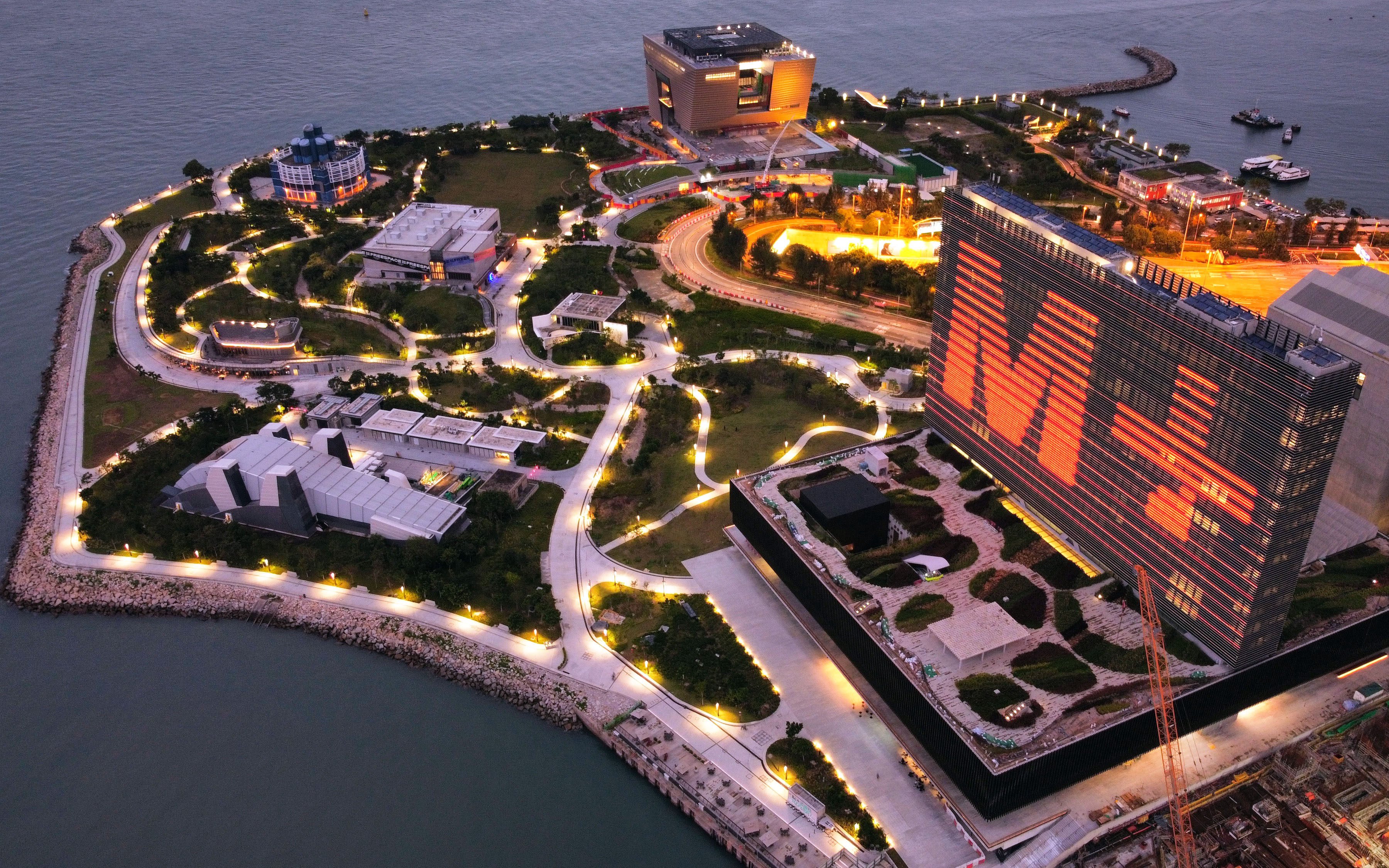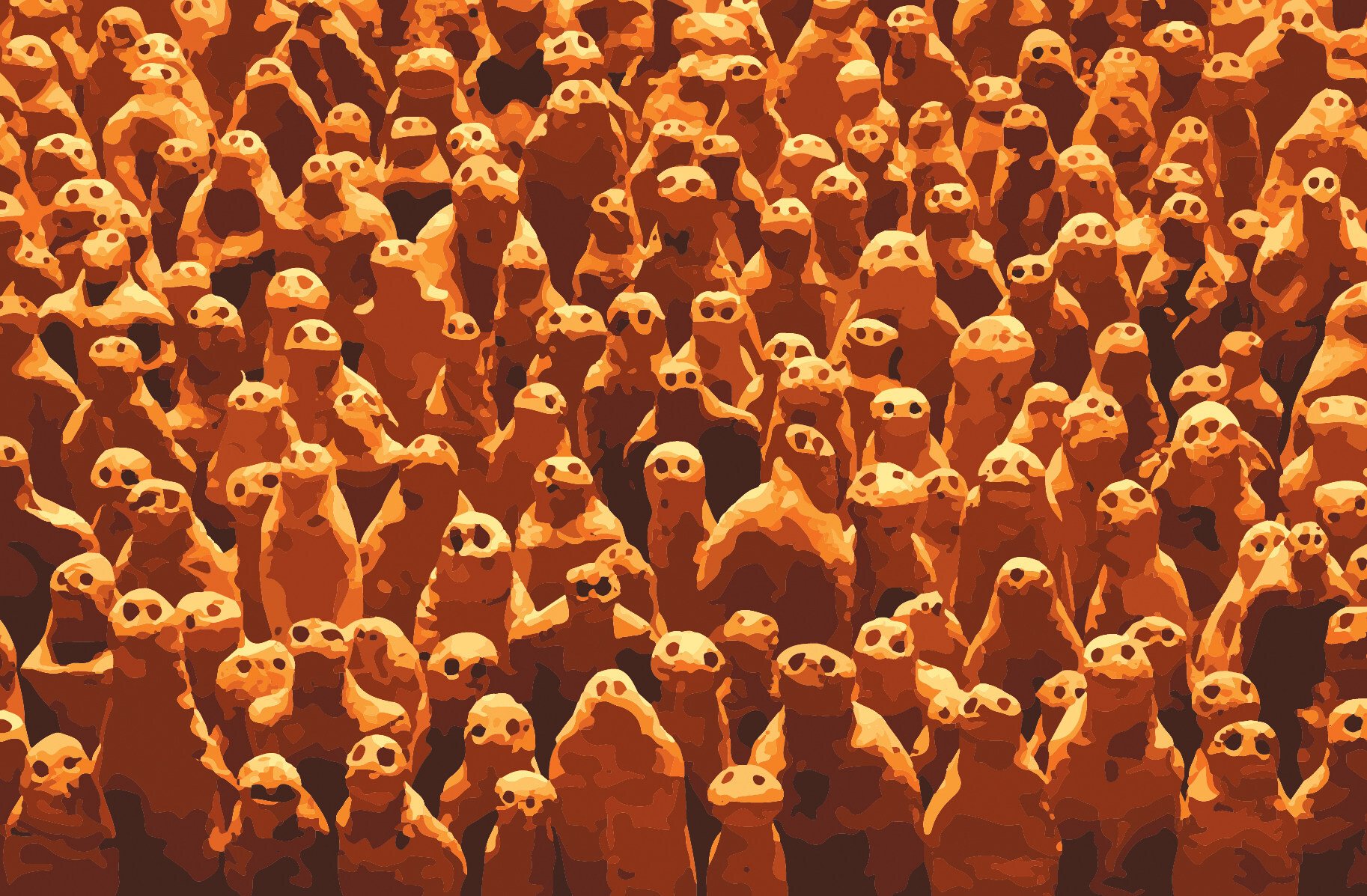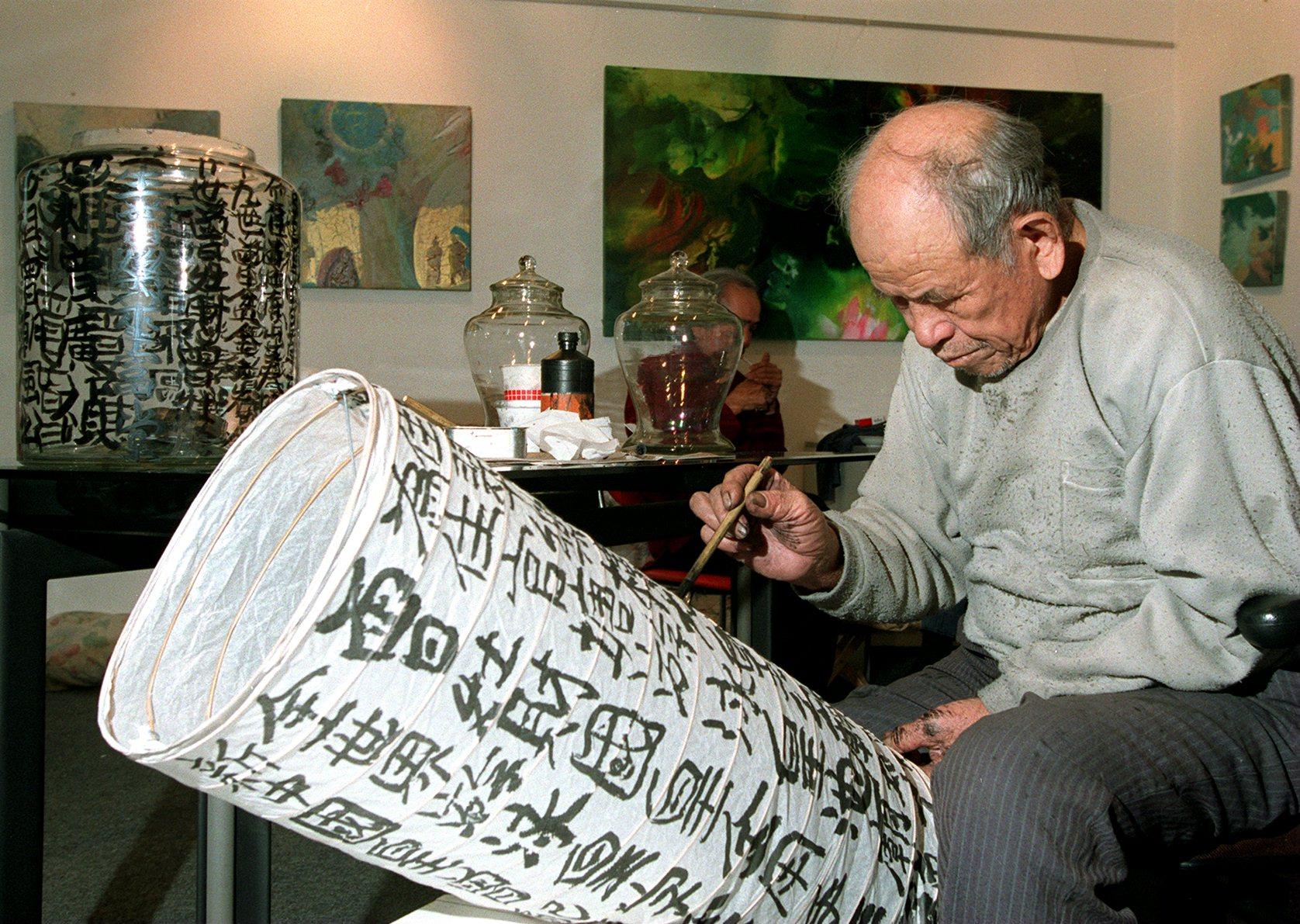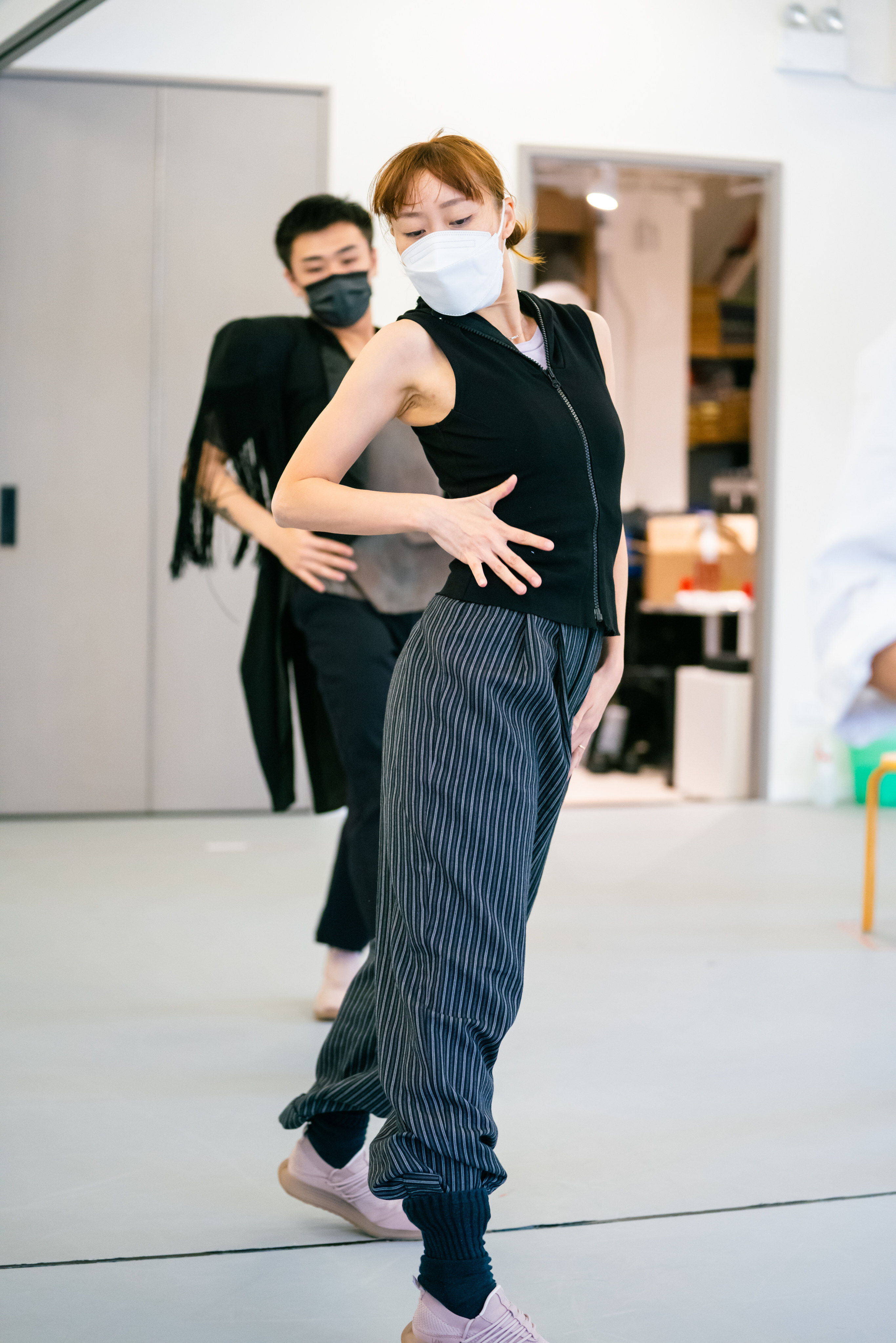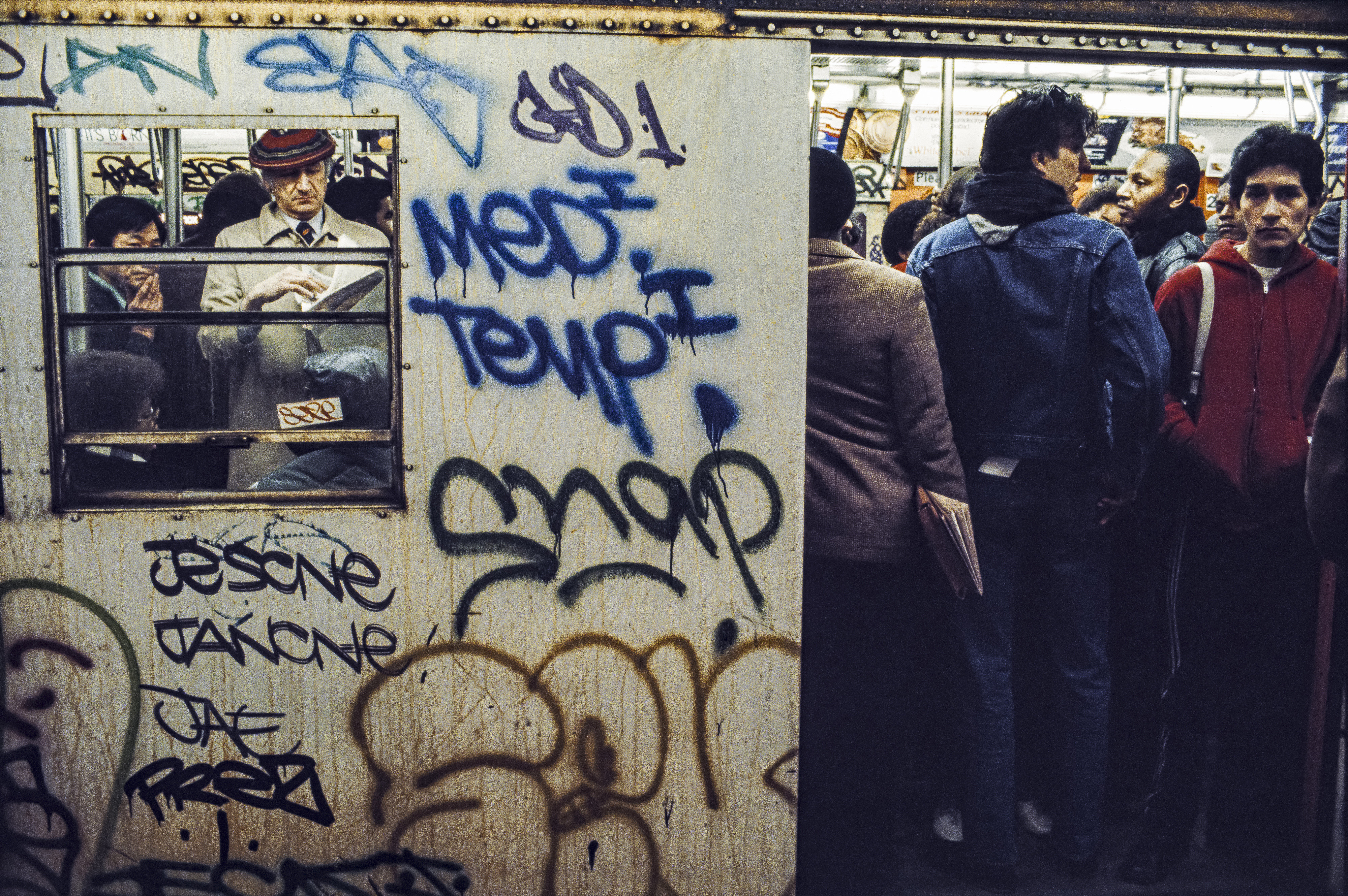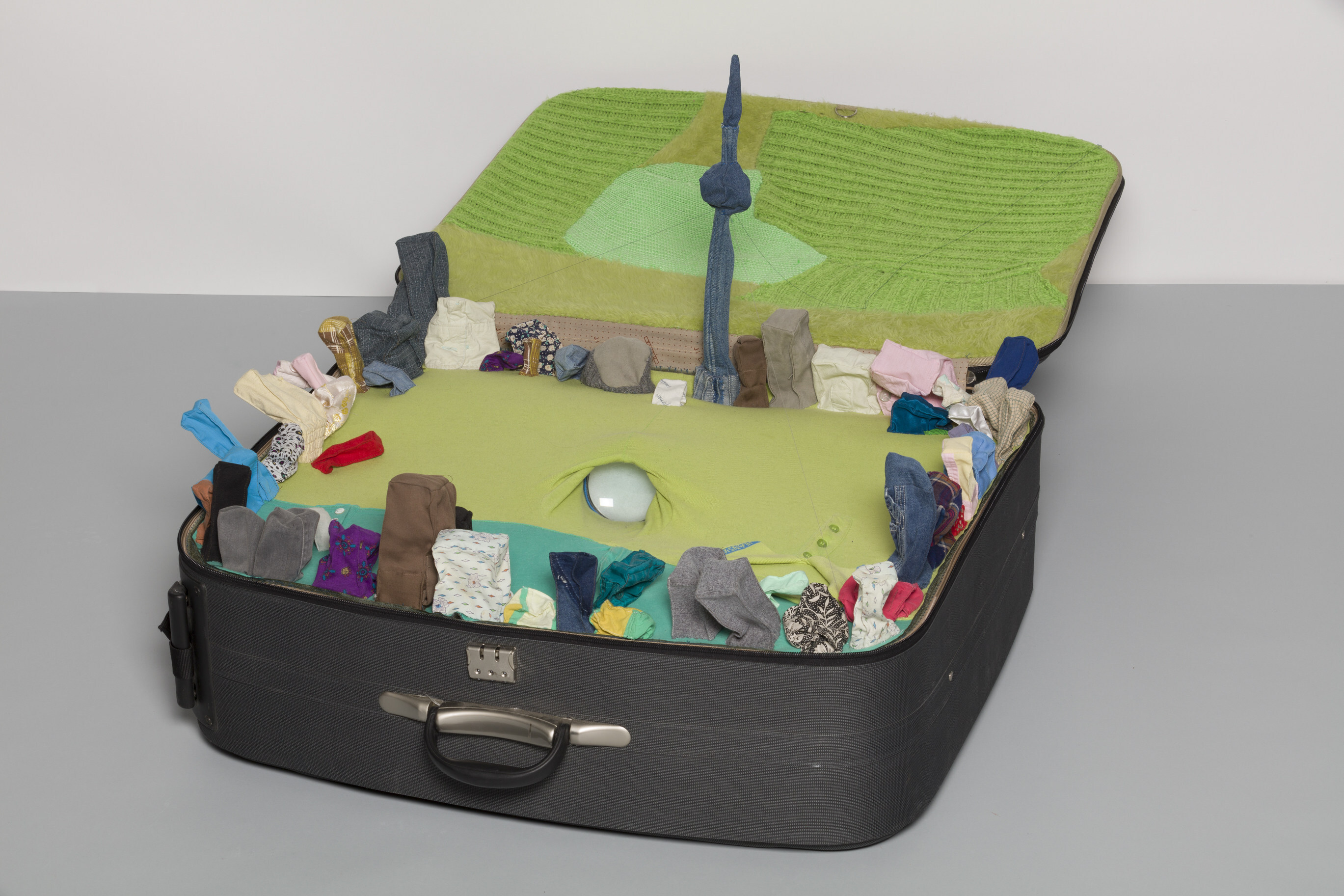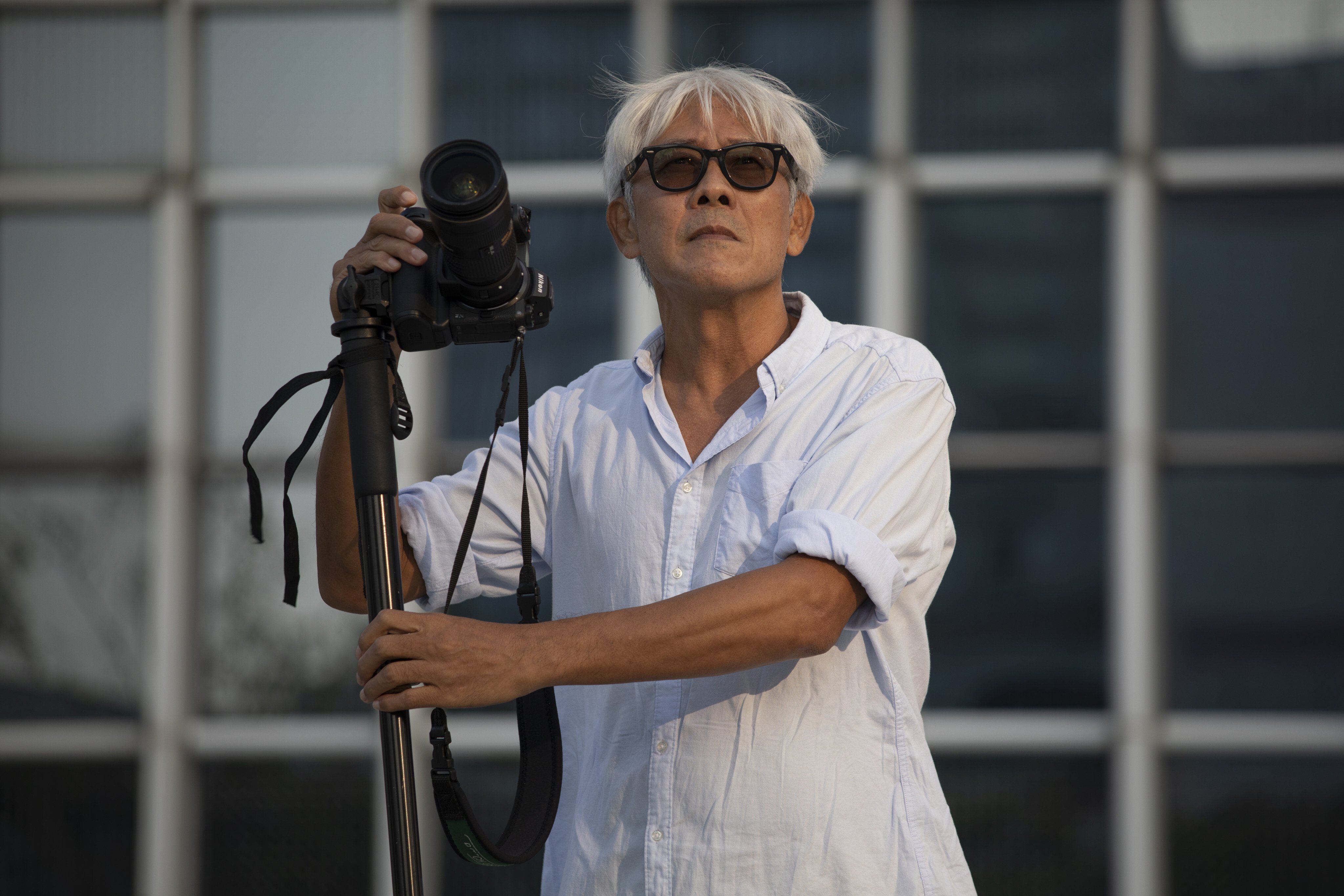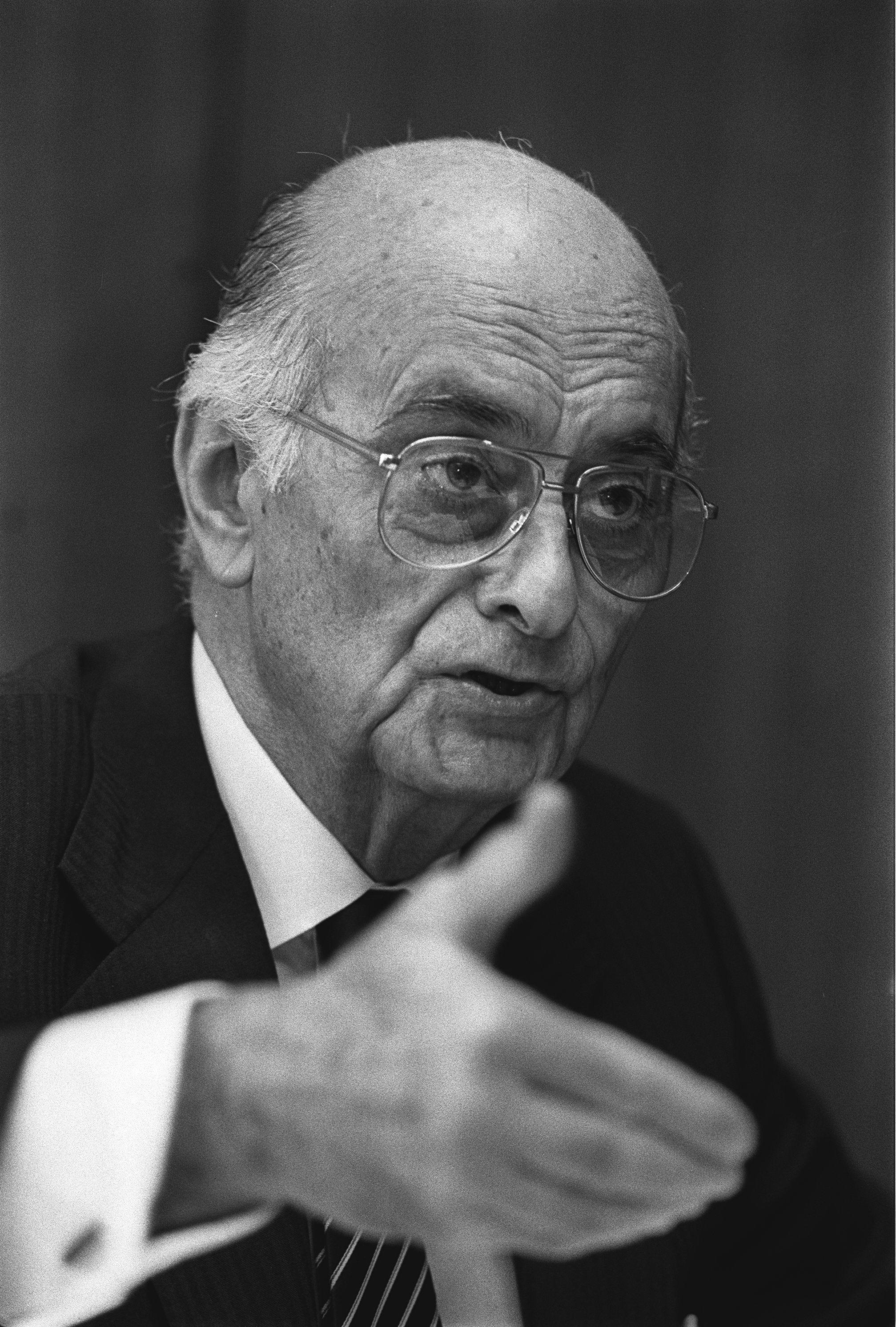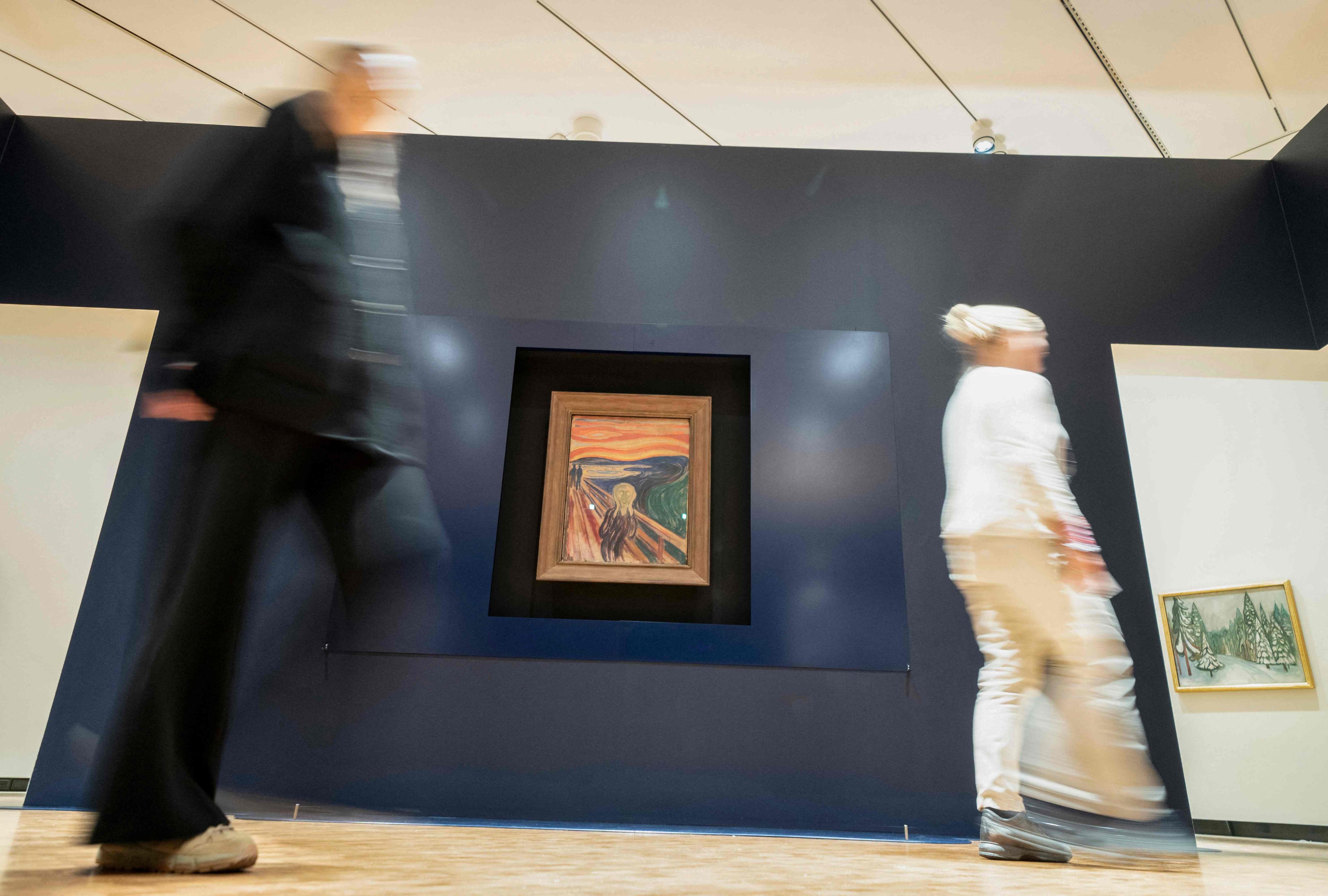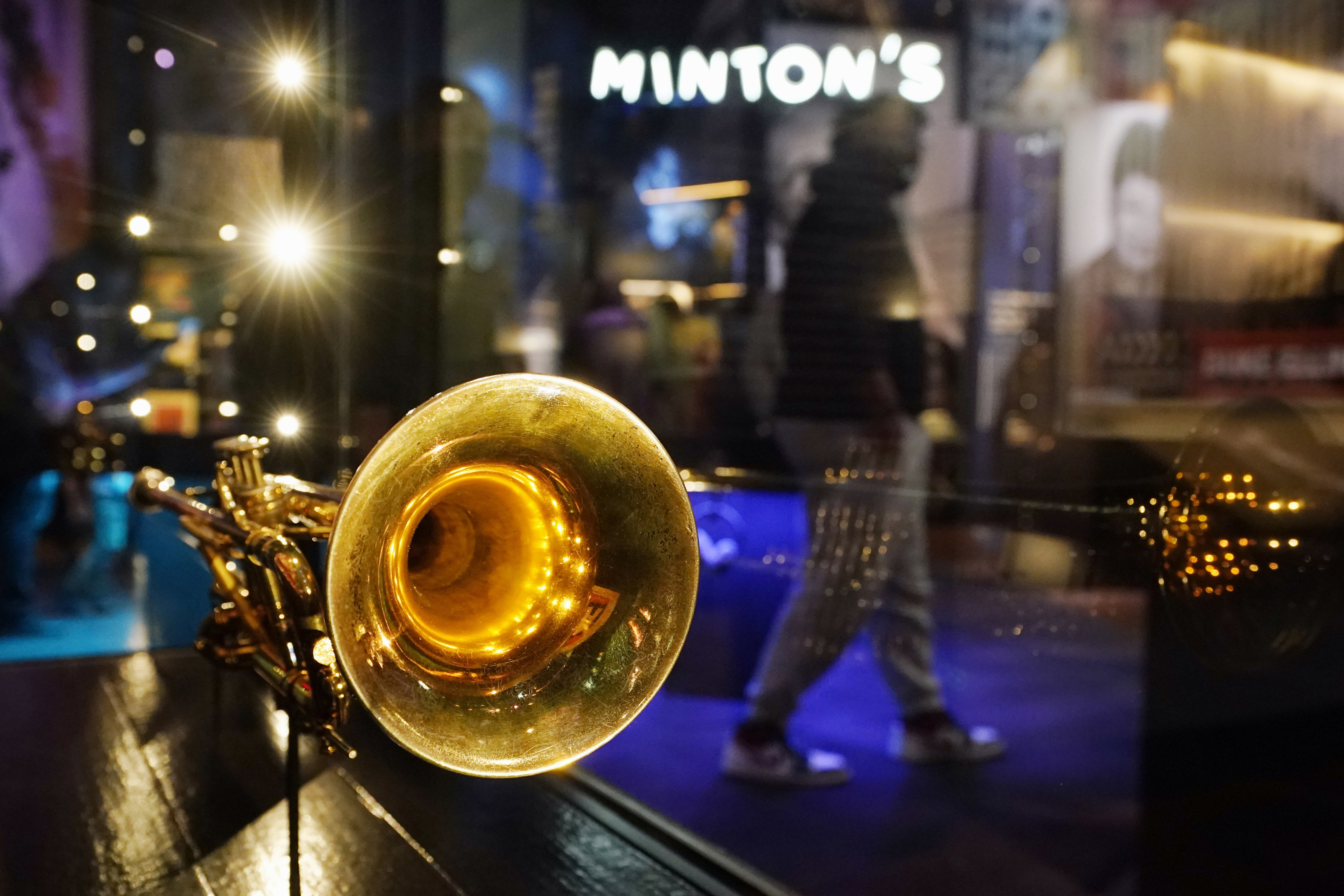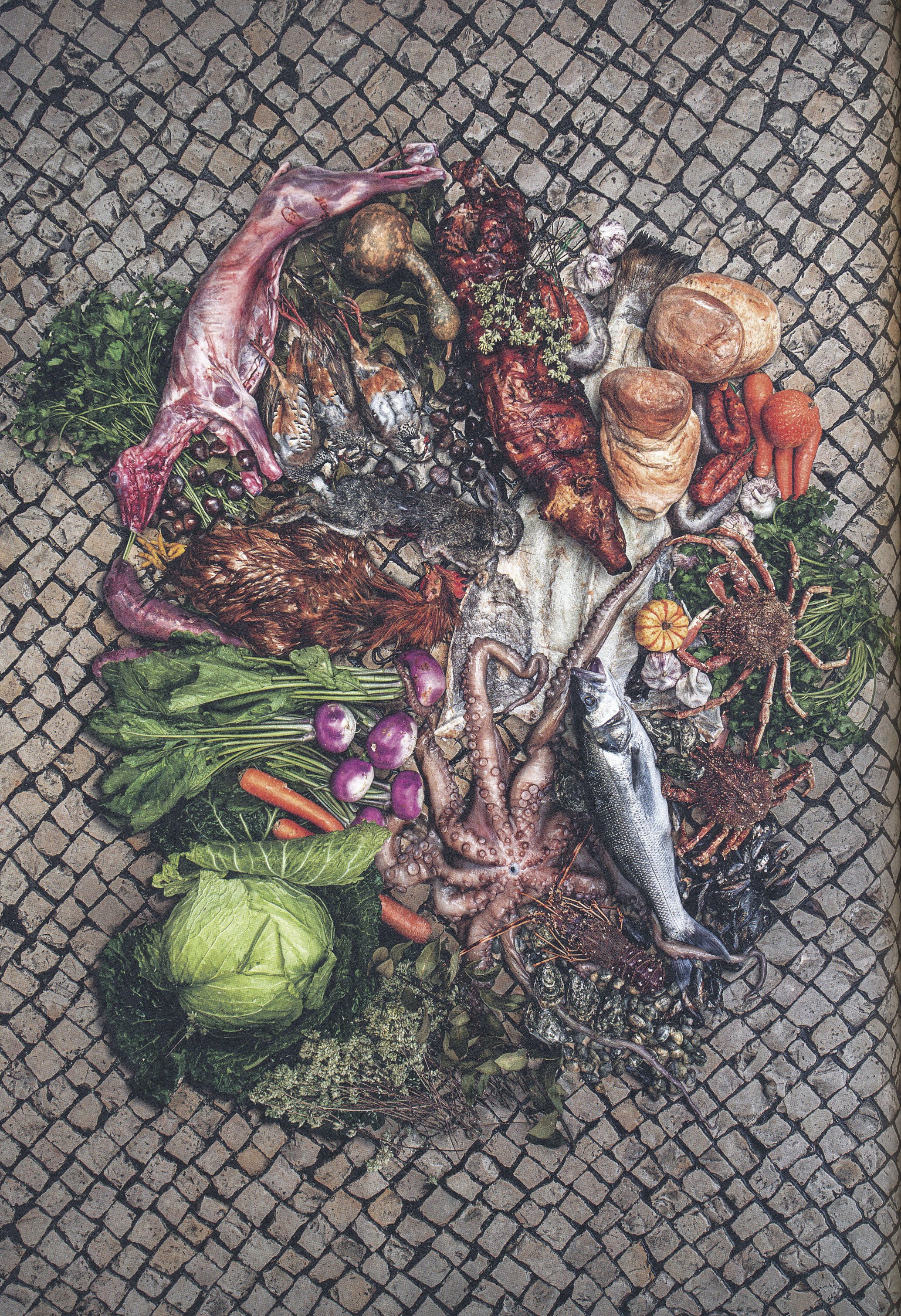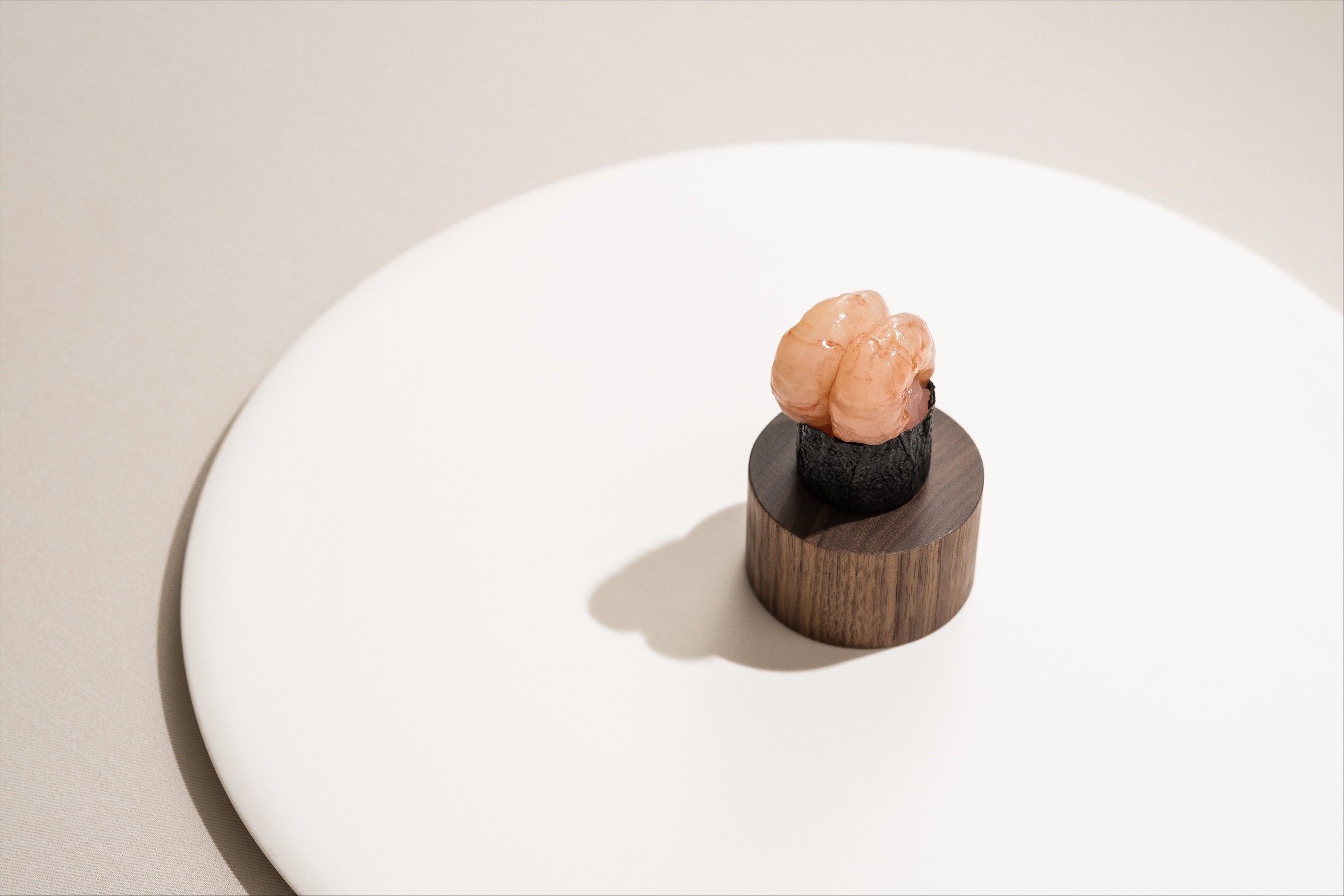Reflections | Hong Kong had the King of Kowloon, eccentric graffiti artist. Yuan dynasty China had Ni Zan, king of Lake Tai and equally eccentric minimalist painter
- Tsang Tsou-choi, who graffitied all over Kowloon – some of his work is in the M+ museum – was an odd character. Ni Zan in ancient China was that and more
- The minimalist landscape artist famous for his Lake Tai paintings had a mania for cleanliness, and defecated from a high tower into a bucket full of goose down
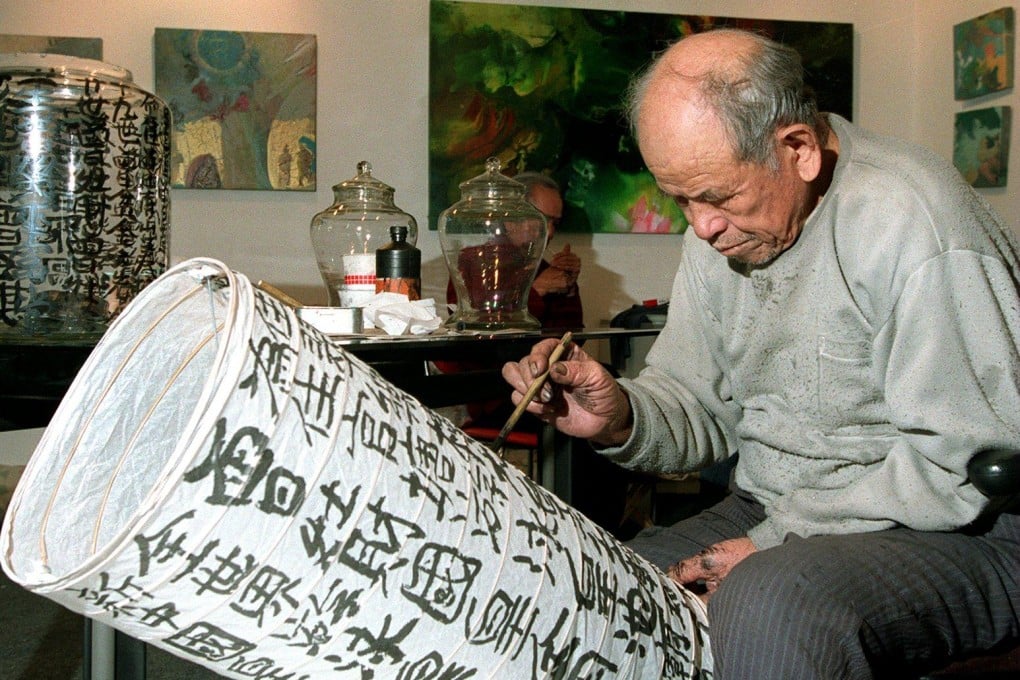
It was widely reported that Tsang was somewhat eccentric; he might even have lived with mental health issues for most of his life. He died in a nursing home in 2007 at the age of 86.
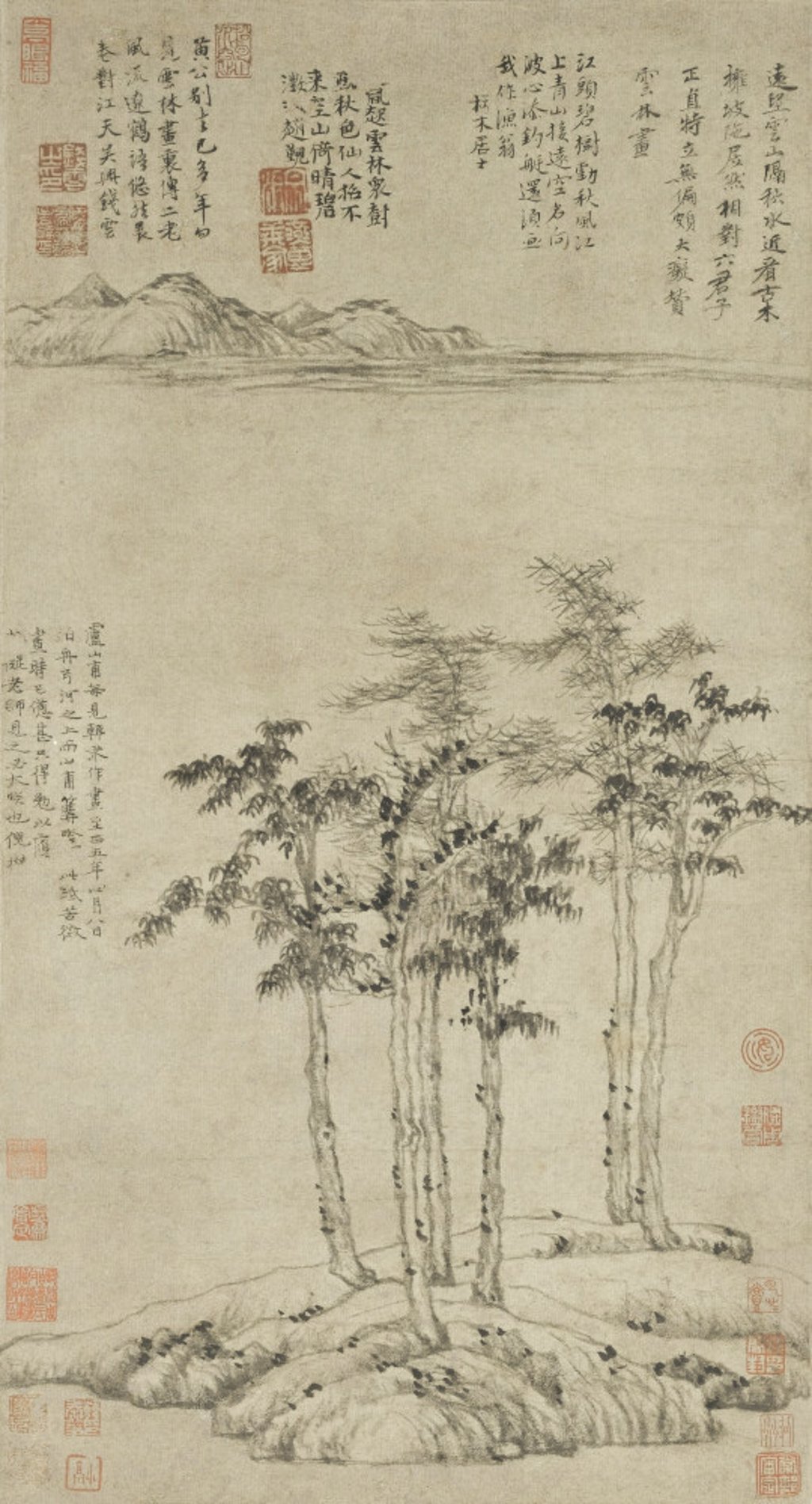
First of all, his art. Ni Zan, one of the Four Yuan Masters, was famous for his minimalist landscapes painted in the pingyuan (“level distance”) style, which typically shows an expansive vista, often of mountains and bodies of water. Ni’s landscapes are often devoid of people and human activity, imparting his works with a meditative or even melancholic quality.
He was particularly noted for his depictions of Lake Tai, on whose banks are the cities of Suzhou and Wuxi. The latter’s Yunlin Neighbourhood, where Ni was born, is named after the pseudonym he used as an artist.


